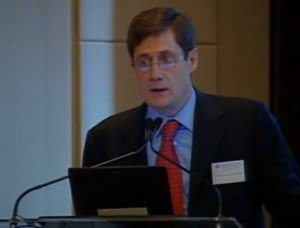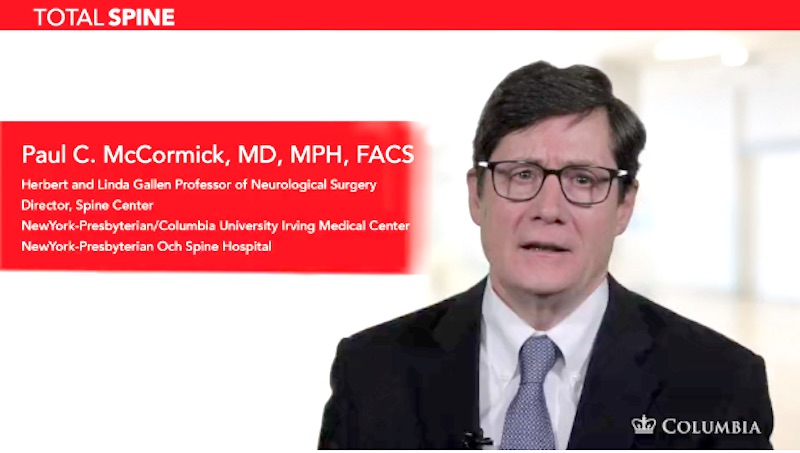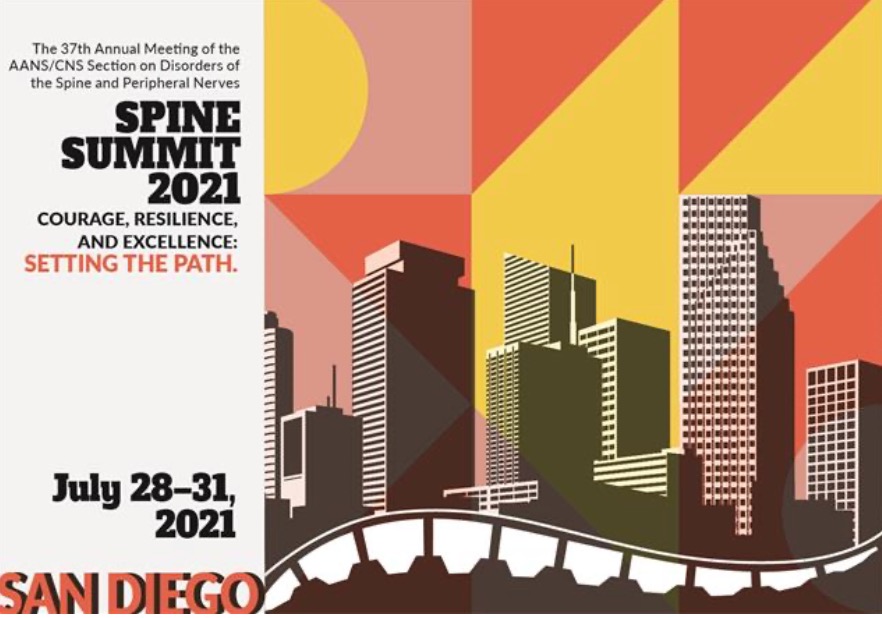 Lifelong learning is an essential aspect of spinal neurosurgery. Indeed, the top spinal neurosurgeons keep avidly up to date with the frontiers of their field, while also achieving an unprecedented depth of knowledge in their field. Dr. Paul McCormick is exactly that type of neurosurgeon, and he enjoys sharing his expertise about his specialties, at neurosurgical meetings.
Lifelong learning is an essential aspect of spinal neurosurgery. Indeed, the top spinal neurosurgeons keep avidly up to date with the frontiers of their field, while also achieving an unprecedented depth of knowledge in their field. Dr. Paul McCormick is exactly that type of neurosurgeon, and he enjoys sharing his expertise about his specialties, at neurosurgical meetings.
Every year, two of the largest organizations of neurosurgeons–the AANS* and the CNS**–hold a joint meeting about spinal neurosurgery. Neurosurgeons from across the globe come together to exchange information from the leading edges of neurosurgery all in the name of improving the care of spine patients. “The evaluation and treatment of patients with tumors of the spine and spinal cord has progressed substantially over the last several years,” says Dr. McCormick. “Advances in technology and techniques have improved the safety and effectiveness of surgical treatment for our patients.”
At the 2019 AANS/CNS Joint Spine Section annual meeting, Dr. McCormick was invited to deliver a lecture on handling complications in intradural spine surgery. That’s spine surgery that opens the dura, the protective layer around the delicate spinal cord. Dr. McCormick is an internationally recognized expert in this type of surgery. He is so fluent with its nuances and intricacies that he is a frequent choice to help other neurosurgeons deepen their knowledge of the subspecialty: For the upcoming 2020 AANS/CNS Spine meeting, he has been asked to deliver a different lecture on intradural spinal surgery—this time on managing patient selection and avoiding complications.
Even with his depth of experience, Dr. McCormick finds it incredibly valuable to be surrounded by other experts at these meetings. “As invited speakers, we not only teach, but also learn from the other experts on the panel,” he says. And the experts aren’t the only ones with something to offer. “Open discussion between the speakers and the neurosurgeons in the audience is particularly effective in advancing knowledge for all,” he says.
In fact, this model of expert lecture and open discussion is so effective that there can sometimes be demand for the same course multiple years in a row. The 3-hour course called “Spinal Tumors: Treatment and Complication Avoidance” is an example. This course covers the use of medication, radiation, and surgery to treat spinal tumors. Speakers discuss these different treatment approaches, the latest technologies, and how best to combine approaches. In 2019 Dr. McCormick was a speaker in this course, and for 2020 he has signed on as a course director.
Combining treatment types can bring immense benefits to patients. But it also means that doctors must seek out ways to stay completely up-to-date with the state-of-the art. This is fantastic news for patients, and an incredible incentive for neurosurgeons: the more they make themselves comfortable at the frontiers of their field, the better they can help their patients.
And to Dr. McCormick, that’s what these neurosurgical meetings are all about. Lecturer or attendee, he says, everyone agrees that the goal of the meeting is to help patients by “improving the quality of practices of all neurosurgeons who attend.”
*AANS – American Association of Neurological Surgeons
**CNS – Congress of Neurological Surgeons


